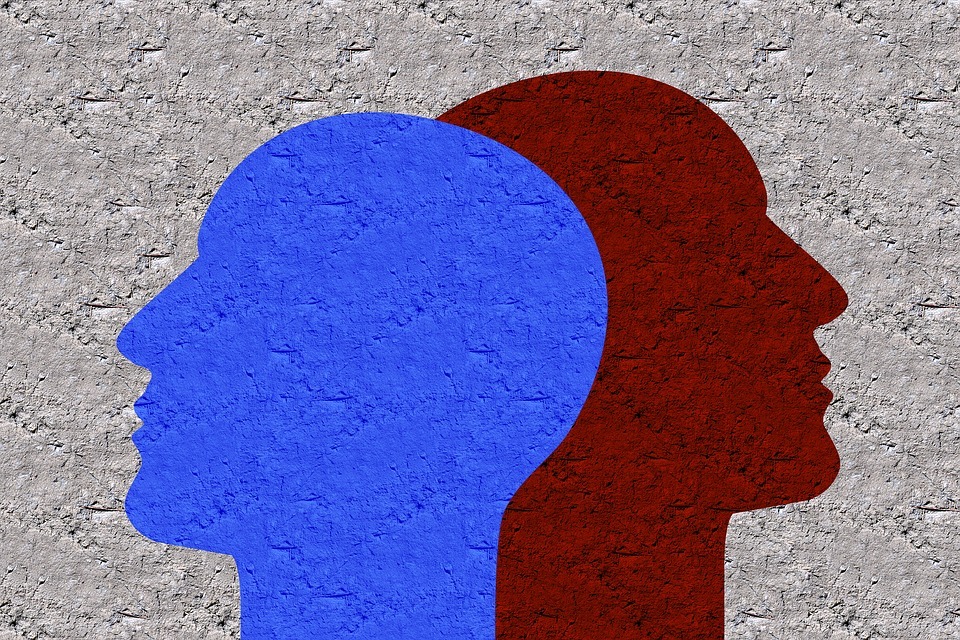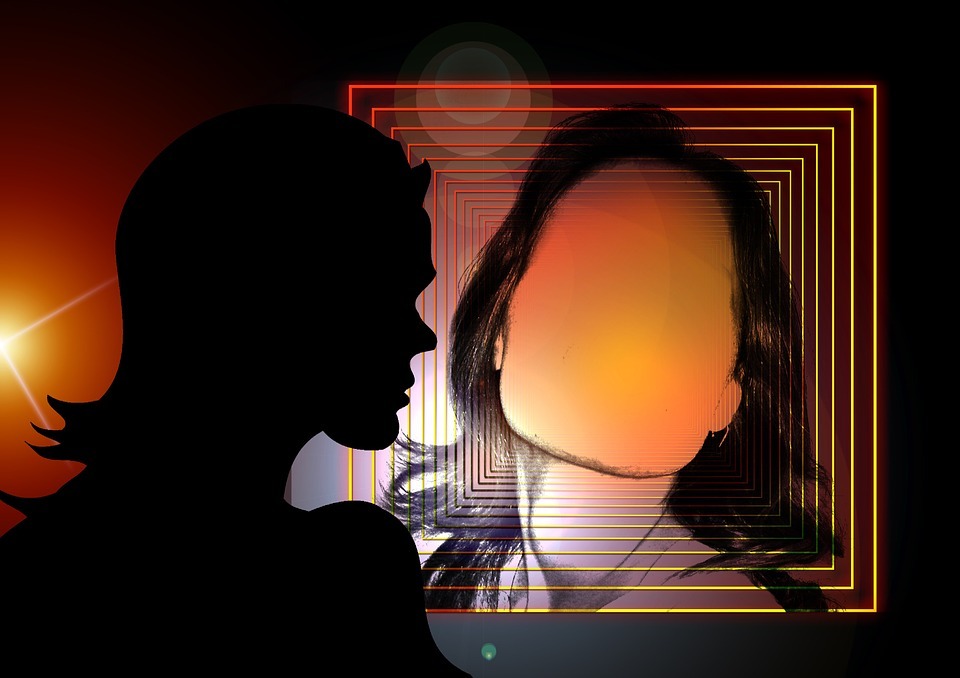Successful companies would often have secrets in their marketing strategies that make their business flourish in the overcrowded industry they belong in, and while most of those secrets are kept hidden by them so that their rivals wouldn’t replicate their strategies, there is one particular “open secret” that these businesses usually have, and that secret is about following a marketing archetype, most commonly known as the brand archetype. Now, what is a brand archetype? And how does it make companies successful? Let us find out as we take a look at the intricacies and details in understanding marketing archetypes.
What is a Brand Archetype?
A brand archetype, to explain it simply, is the “personality” of the company, as it allows the brand to have an identity that people (particularly their customers) can relate to. For example, there is an archetype called “The Innocent,” which exhibits youth, optimism, and happiness, and if a company chooses that archetype to be the backbone of their business, then consumers or the people that seek or may have happiness, positivism, and goodness will tend to be attracted to their brand.
Brand archetypes were inspired by Carl Jung’s theory of archetypes, which explains that people’s personalities can be classified into 12 archetypes that are created by the unconscious, meaning that a certain group of people would tend to have the same personality even if they aren’t related or aren’t acquaintances. These archetypes permit people to have a stronger bond depending on their archetype compatibility, and by understanding archetypes, people will be able to understand each other’s personalities better.
So, if you choose to apply an archetype for your brand, that brand will then become a person in the consumers’ eyes, thus allowing a sense of relatability and connection between the person and the brand. A brand archetype will determine how a business will form their marketing strategies, as the personality and traits connected to the archetype should be followed in order for the brand to be relatable.
An example for the said process is the marketing strategy followed by Apple, which is considered to have “The Magician” archetype. As The Magician, Apple has to follow the traits of the archetype that is supposed to be “making dreams a reality” and “creating something magical and special,” which they did follow by creating ads and promotions showing that their products are innovative, special, and a dream-come-true for tech geeks. Apple has been following the same archetype since the early 2000s, and the archetype allowed them to have a personality in the industry that is unique and successful. To know more about The Magician and the 11 other archetypes, check out our Brand Archetypes guide.
Most Popular Archetypes
Out of the 12 brand archetypes, there are only a few that are used by most brands around the world. This does not mean that some archetypes are considered ineffective in creation brand loyalty and relations with consumers, as all brand archetypes are still quite effective depending on the industry that the businesses belong in. Take for example the lingerie brand Victoria’s Secret that uses “The Lover” archetype, the archetype that the company has chosen can only apply in the lingerie industry and other industries related to intimacy, romance, and passion, hence the reason why there are not a lot of companies that uses the said archetype. However, there are certain archetypes that became popular because they can be applied in dozens of different industries. Let us take a look at these popular brand archetypes and see why they remain common for businesses.
The Everyman
The Everyman is arguably the most relatable brand archetype, as it possesses traits that almost every consumer can relate to, such as being down-to-earth, being everybody’s choice, and being relatable to the average person. There are thousands of brands that uses The Everyman archetype mainly due to its effectiveness, and some of these brands include popular fast food restaurants like McDonald’s, KFC, Subway, and In-N-Out. These restaurant would utilize The Everyman brand archetype to show that their food is for everybody and that every person can afford their food, and these notions are evident in their commercials, print ads, and even social media posts, where they would show families enjoying fast food together or present cheap price tags for their newest or most popular food item.
Besides the fast food industry, The Everyman archetype is also used on some of the most well-known social media brands like Facebook, Instagram, Reddit, and Twitter, as they would need the archetype to show people that their website or app can be used by any people that want to connect with others.
The Hero
The Hero is another popular brand archetype as it aims to strive for goals and ambitions, similar to how most people are trying to achieve their goals by studying or working hard. The traits of The Hero is relatable to almost any people that have goals if life, and it is also relatable to those that want to improve or change society for the greater good.
Some of the brands that use The Hero archetype include popular sports brands like Nike and Adidas, which are two companies that often showcase an athlete’s determination to be the best at his or her chosen sports. In addition, fitness-focused businesses like gyms would also use The Hero archetype to inspire their customers to strive to become healthy and fit.
The Creator
The Creator brand archetype is somewhat related to The Magician, as they both have traits that focuses on creating special and innovative items. As such, The Creator is also quite popular in the technology industry since most companies wanted to market their products to be innovating and have new features never before seen in other gadgets.
Companies that use The Creator brand archetype are tech companies like Sony, Samsung, Xiaomi, Huawei, and Microsoft. Apple can also be considered as user of The Creator archetype, but they mainly focus on the traits found in The Magician. Gaming companies like Nintendo also uses The Creator to emphasize their goals in creating new and exciting games and consoles for video game enthusiast.
Those are just three of the most popular brand archetypes used by many companies operating in different countries. If you plan on using a brand archetype for your business, make sure that the archetype you are going to choose would fit well with the products you are marketing, as well as your target consumers.


